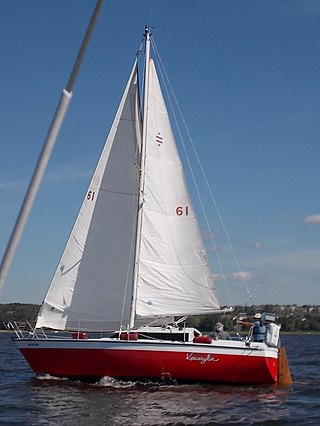
The Prospect 900 is a sailboat that was designed by Dutch naval architect Ericus Gerhardus van de Stadt and first built in 1975.
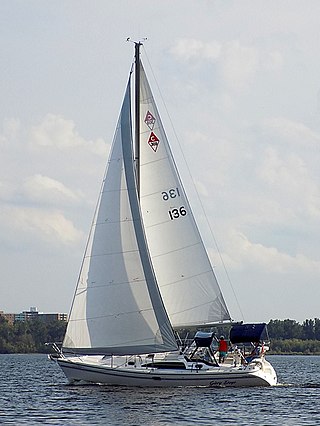
The Catalina 309 is an American sailboat, that was designed by Gerry Douglas and first built in 2005.
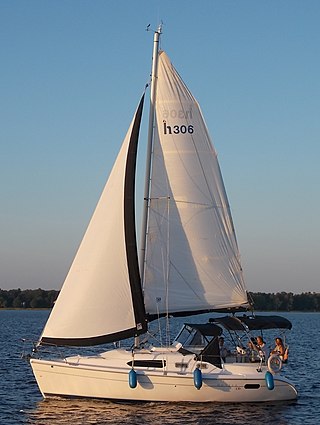
The Hunter 306 is an American sailboat design, that was introduced in 2001.
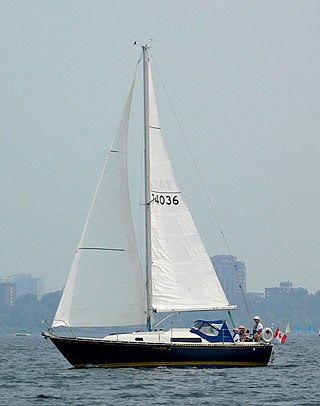
The C&C 30 is a series of Canadian and American sailboats, that was first built in 1973.

The CS 30 is a Canadian sailboat, that was designed by Tony Castro and first built in 1984. The design is out of production.

The Mirage 30 is a Canadian sailboat, that was designed by American Robert Perry and first built in 1983. The design is out of production.

The CS 36 is a Canadian sailboat, that was designed by Raymond Wall as a cruiser and first built in 1978.

The Mirage 29 is a Canadian sailboat, that was designed by Philippe Harlé and first built in 1986.
The Thames Marine Mirage 29 is a British sailboat, that was first built in 1983 by Thames Marine of the United Kingdom. It is now out of production.
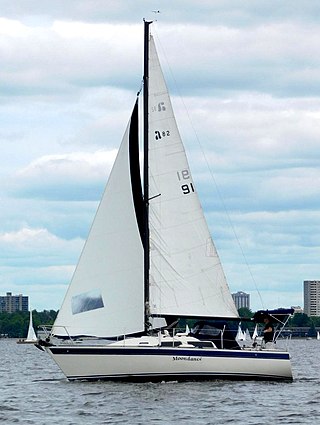
The Aloha 27 is a series of Canadian sailboats, that were designed by American yacht designer Robert Perry and first built in 1979 under the designation Aloha 26.

The Hunter 36-2 is an American sailboat, that was designed by Glenn Henderson and first built in 2008.

The Grampian 28 is a Canadian sailboat, that was designed by Rolf van der Sleen and first built in 1975.

The Catalina 310 is an American sailboat, that was designed by Gerry Douglas and first built in 1999.
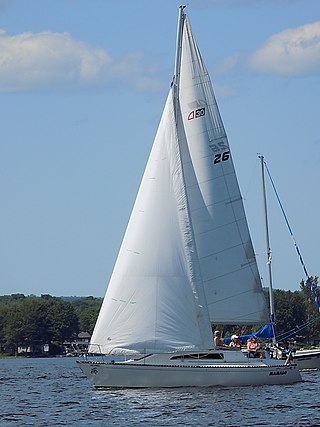
The Aloha 30 is a Canadian sailboat, that was designed by Ron Holland and first built in 1986.
The C&C 32 is a Canadian sailboat, that was designed by C&C Design and first built in 1981.

The Hunter 27 is a series of American sailboats, that were first built in 1974.

The Grampian 30 is a Canadian sailboat, that was designed by Alex McGruer and first built in 1969.

The Nonsuch 30 is a Canadian sailboat that was designed by Mark Ellis and first built in 1978. It was the first the series of Nonsuch sailboats and was scaled upwards and down, to form a complete line of boats, from the Nonsuch 22 to the Nonsuch 40.
The Hunter 30T is an American sailboat that was first built in 1991.
The Bahama 30 is an American sailboat that was designed by Robert Finch as a cruiser and first built in 1973.

















